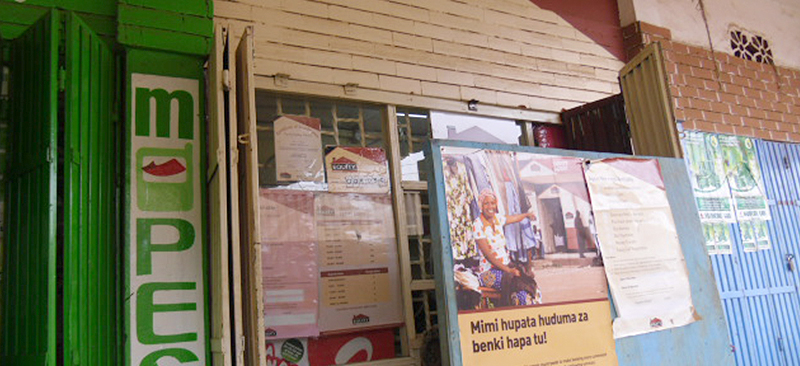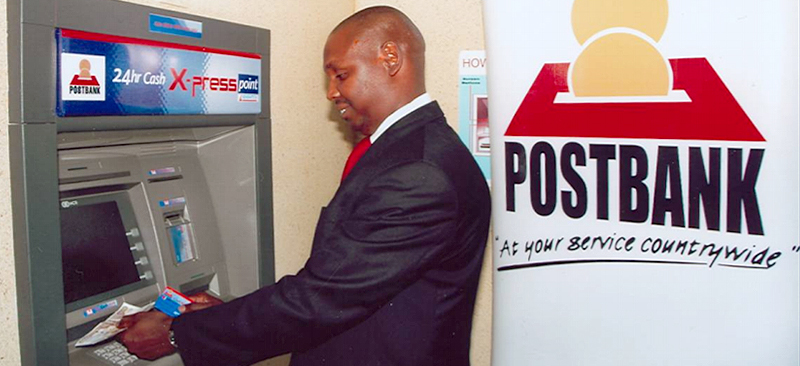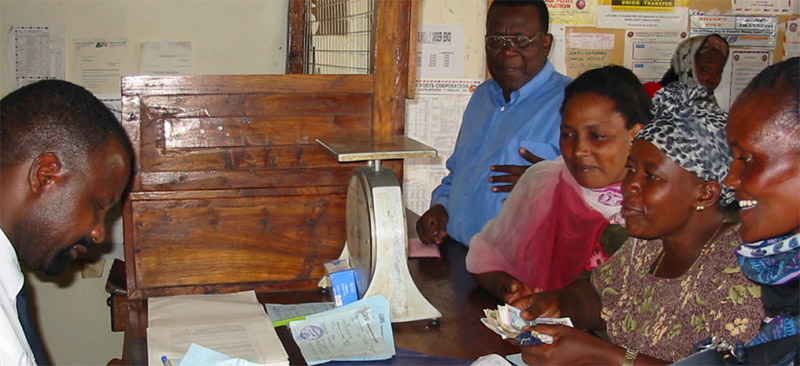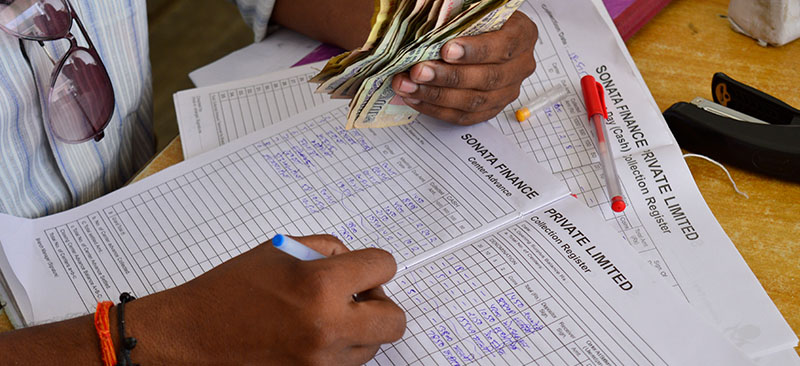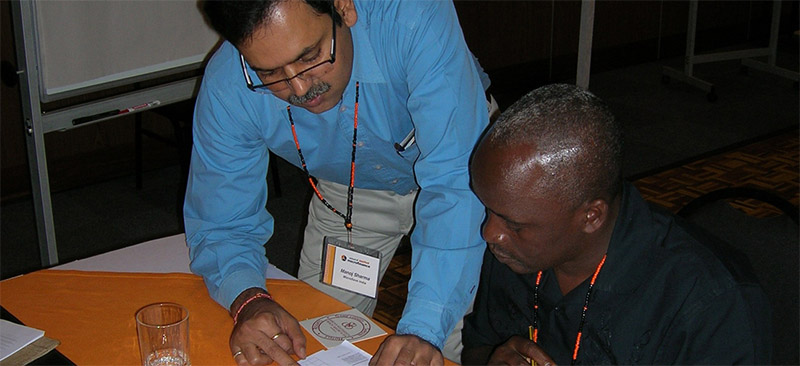Today Equity Bank is a remarkable institution. But in 1993, the Central Bank of Kenya confirmed that, as Equity Building Society, it was technically insolvent and had poor board supervision and inadequate management. Non-performing loans were 54% of the portfolio, and accumulated losses totalled KSh.33 million against a paid-up capital of KSh.3 million. Equity’s liquidity ratio stood at 5.8%, far below the required 20%.
This paper documents the history of this remarkable institution and assesses some of the lessons that can be learned by others seeking to follow its path.Equity’s progression from what was effectively a small family firm to a high potential organisation on to a high performing and now listed institution was not without challenges and struggles. While the paper provides the details of Equity Bank’s Strategic and Operational History, it mainly focuses on key lessons for those aspiring to follow Equity’s extraordinary trajectory
